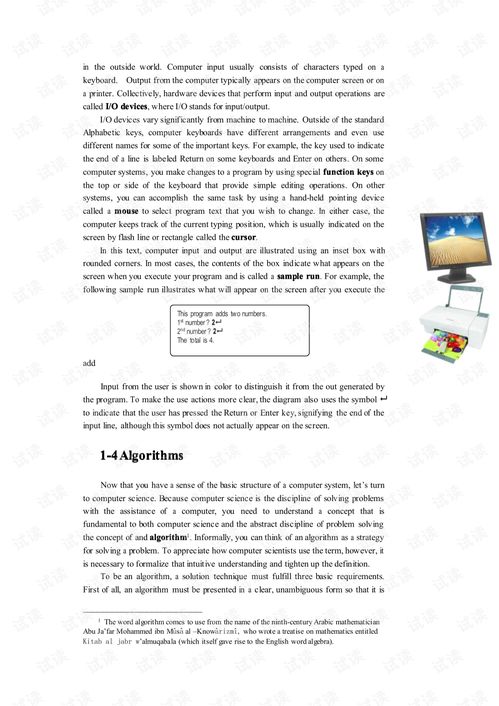Content:
In times of famine, the ability to fish can be a lifeline. Whether you're in a survival situation or simply looking to supplement your diet with fresh catch, knowing how to effectively use a fishing rod can be invaluable. This article delves into the art of fishing, offering tips and techniques to help you master the skill and potentially save lives during a crisis.
Understanding the Basics
Before you can start fishing, it's essential to understand the basics. A fishing rod is a long, flexible rod used to catch fish by means of a fishing line. Here's a quick rundown of the components you'll need:
- Fishing Rod: The rod itself is the main tool, designed to bend under tension.
- Fishing Line: The line connects the rod to the hook and carries the weight of the bait.
- Hook: The hook is attached to the line and is used to catch the fish.
- Bait: Bait is used to attract fish to the hook.
- Reel: The reel holds the line and allows for easy winding and unwinding.
Choosing the Right Equipment
The first step in fishing is to choose the right equipment. Here are some factors to consider:
- Rod Length: A longer rod can cast further, but a shorter rod is more maneuverable.
- Rod Action: The action of a rod refers to how much it bends under pressure. Fast-action rods are ideal for light lures, while slow-action rods are better for heavy lures.
- Line Type: Monofilament is versatile and easy to use, while braided line is more durable and less likely to tangle.
- Hook Size: The size of the hook should match the size of the bait and the type of fish you're targeting.
Learning the Basics of Casting
Casting is the process of throwing the fishing line into the water. Here are some casting techniques to help you get started:
- Backcast: Hold the rod with both hands, then pull the line back and release it with a flick of your wrist.
- Forward Cast: After a backcast, bring the rod forward and release the line.
- Loop Casting: This technique involves making a loop with the line and then releasing it, allowing the line to fly through the air.
Choosing the Right Bait
The type of bait you use depends on the fish you're targeting. Here are some common types of bait:
- Live Bait: Live bait, such as worms, minnows, or leeches, can be very effective.
- Artificial Bait: Artificial lures, like spinners, jigs, and flies, can mimic the movement of real prey.
- Natural Bait: Natural baits, such as corn, bread, or cheese, can be used for larger fish.
Understanding Fish Behavior
To be successful at fishing, it's important to understand the behavior of the fish you're targeting. Here are some tips:
- Water Temperature: Fish are more active in warmer water, so fish during the cooler parts of the day.
- Seasonal Patterns: Fish migrate and change their feeding patterns with the seasons. Research the habits of the fish you're targeting.
- Cover: Fish often hide in cover, such as rocks, logs, or vegetation. Look for these areas when fishing.
Safety and Etiquette
When fishing during a famine, it's crucial to prioritize safety and follow good fishing etiquette:

- Respect the Environment: Avoid disturbing the natural habitat and leave no trace of your presence.
- Use Appropriate Gear: Ensure you have the right equipment for the fish you're targeting and the conditions you're facing.
- Stay Safe: Always fish with a buddy, especially in unfamiliar waters.
Conclusion
Fishing can be a vital skill during times of crisis, providing a source of food and a means of survival. By mastering the basics of fishing, understanding fish behavior, and using the right techniques, you can increase your chances of success. Remember to prioritize safety and respect the environment, and you'll be well on your way to becoming a proficient angler, even in the most challenging of circumstances.












